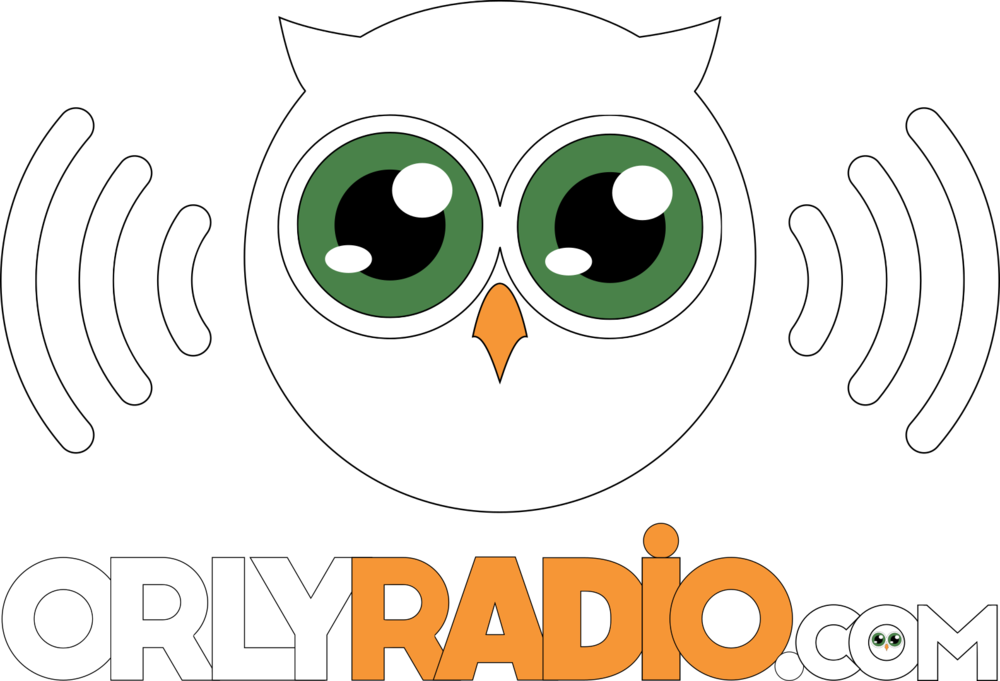Topic Tuesday #29 2013/02/05 - "Meme Machine"
MEME (pron.: /ˈmiːm/ /mēm/ MEEM) Noun
1.) An element of a culture or behavior that may be passed from one individual to another by nongenetic means, esp. imitation.2.) An image, video, etc. that is passed electronically from one Internet user to another.
Culturally we have been inundated with memes in our information age. We should all have a general concept of what a meme looks like, but do you know what a meme actually is? What it stands for? What it's great purpose is? Perhaps, or perhaps not. Let's jump into some abbreviated back story.
In 1976 the book "The Selfish Gene" was published by author Richard Dawkins, a British evolutionary biologist. Dawkins was set about explaining how the genes in all living organisms could be analogous to a replicator. The gene has a simplistic purpose, to replicate itself as successfully as possible. That is the essential take away from the book on the topic of genes, however he coined a term to expand on the notion. When an idea or concept is replicated through a culture, he dubbed it a "meme". The Ancient Greek words; mimeme ("something imitated"), mimeisthai ("to imitate"), and mimos ("mime"). These Greek terms, combined with the concept of the 'gene' being a replicator, served as foundations for the concept. Thus modifying the word 'gene', become 'meme'.
We have seen many of these memes through our lives and mostly we just look over them. We are blissfully ignorant over their (memes) innate power to program us as a host to pass along the memes knowledge and concepts. You might think that a maddening prospect. That an inanimate, no... worse than inanimate, a figment, a concept at best - could be something that could do something like force you to know something and even to pass it along unwittingly. But it's true. Our brains are good at one thing in particular: Pattern Recognition.
Have you heard of a "mnemonic device"? Mnemonic devices are techniques to help remember something. It’s a memory technique to help your brain better encode and recall important information. It’s a simple shortcut that helps us associate the information we want to remember with an image, a sentence, or a word, etc, etc..
Mnemonic devices are very old, and virtually everybody uses them, even if they don’t know they are. It’s simply a way of memorizing information so that it “sticks” within our brain longer and can be recalled more easily in the future. This is the nature of a meme.
Have you ever been someplace and smelled something that reminded you of something from your childhood? Have you ever heard a word said in a particular way that caused you to have a melody or entire song to populate in your head, so strongly it was there the rest of the day? Perhaps an image that caused you to cry, for no apparent reason. These are all indicators of memory programming. You can call it "learning" if you like. The result is the same.
 So what can you do with this knowledge? Perhaps you can do something great. Program little life lessons into your own memes. A funny little picture, a few well phrased words, inserted in a simple shape (usually squarish), and presented in a way that gets lots of eyes to look at it. Memes spread like a virus. This is one reason for the term, "going viral", on the internet. The meme is so popular, so easy to remember, so catchy, that it spreads like wildfire and soon everyone knows it. Just don't take every meme you see on the internet as gospel. Just because somethings catchy, doesn't make it true or useful.
So what can you do with this knowledge? Perhaps you can do something great. Program little life lessons into your own memes. A funny little picture, a few well phrased words, inserted in a simple shape (usually squarish), and presented in a way that gets lots of eyes to look at it. Memes spread like a virus. This is one reason for the term, "going viral", on the internet. The meme is so popular, so easy to remember, so catchy, that it spreads like wildfire and soon everyone knows it. Just don't take every meme you see on the internet as gospel. Just because somethings catchy, doesn't make it true or useful.Propaganda spreads this way.
Misinformation spreads this way.
Songs, pop culture, politics, news, old wives tales, lies, truths, rumors, gossip, and occasionally educationally useful things are all apt to be replicated in the meme machine that is our own brains.
Soon I will be putting out some memes for CanWeFixIt.org. Let's put that 3lbs of pattern recognition meme machine to good use!

